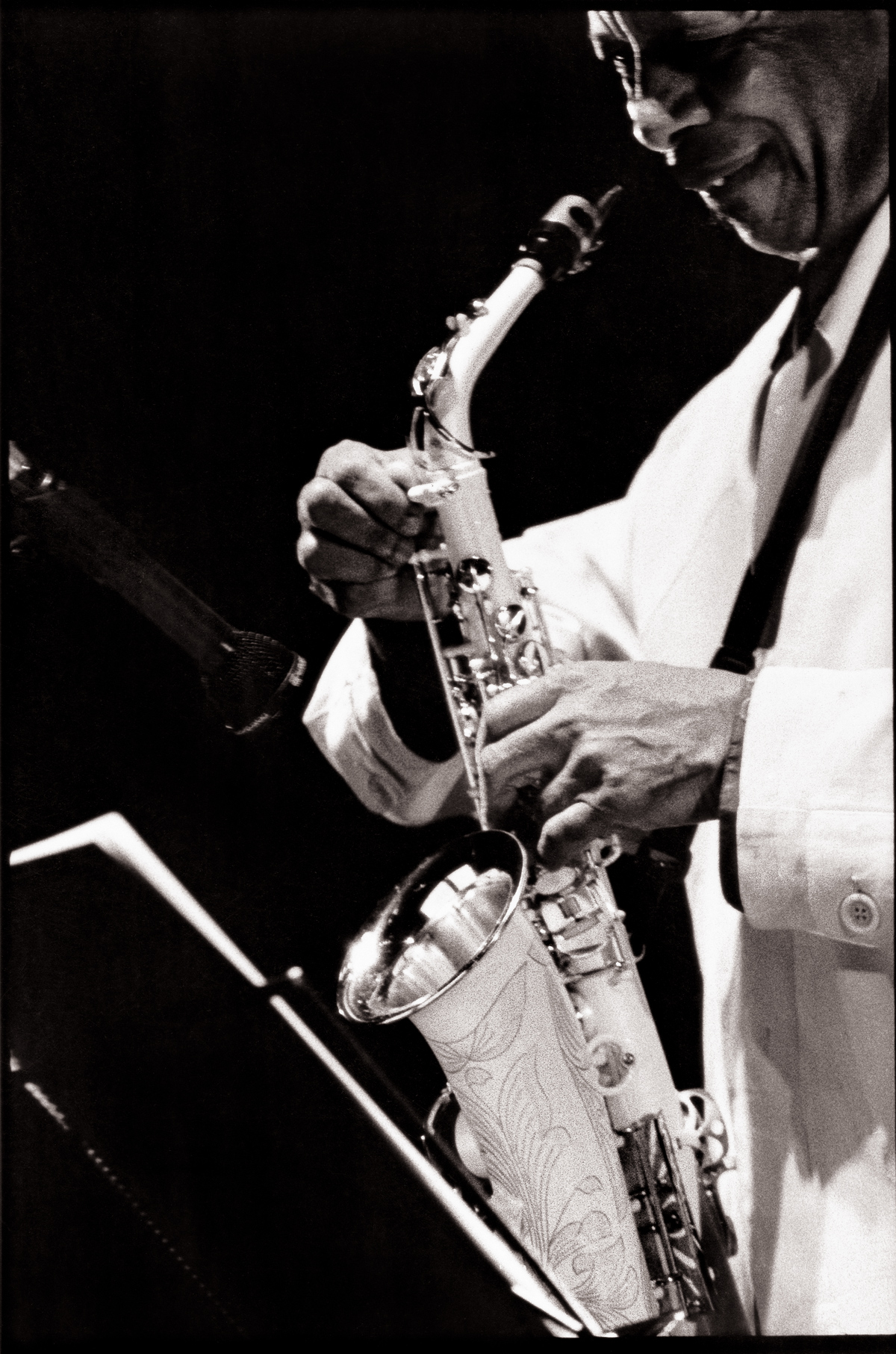CELEBRATE ORNETTE
Pays Tribute To A Visionary Giant Of American Music
24 performances captured on 2 DVDs, 3 CDs, 4 Vinyl LP’s (180g)
24 performances captured on 2 DVDs, 3 CDs, 4 Vinyl LP’s (180g)

Ornette Coleman, the lightning rod. The most polarizing figure in the history of jazz. The alto saxophonist who outwitted segregation to hit the scene in 1959 and turn the music world on its head. Bursting through bebop and inventing harmolodics, a sound flowing with the unpredictable rhythms of being. He was called rebellious, disruptive, a fraud, thrown off band stands, horn mangled, shunned by his peers, rejected. Choosing to leave the music scene for long stretches, insisting his music be heard on concert stages and not restricted to small smoky basements. Knowing the cost of being a free thinker. He was guided by his harmolodic philosophy of love and expressing life’s surprises through art. Born in Texas, on March 9,1930, he is now called a genius, an icon, a legend, known as one of the most important figures in the history of music. One who is admired by artists across all genres for his convictions, the fight for freedom of creativity and to be one’s self. Ornette passed away in June 2015 at age 85; but his harmolodic song goes on.
Ornette Coleman’s earthly accolades, like his Mac Arthur “Genius” Fellowship, Grammy and Pulitzer Prize for Music, reflect the respect due to a soft-spoken man of small stature but giant mind. He dared to sidestep the system, both socially and musically, shape his life’s trajectory to his will against all odds – and forever change the way music is listened to and played.
Humble, yet with an impish twinkle, Coleman dressed in peacock silks and fine tailoring. His wardrobe was drenched with color and texture – as was his music. Throughout his career, Coleman never stopped evolving, and each phase of expression opened new sonic possibilities. Abandoning the 1950s bebop avant-garde. Switching from small, contemplative 1960s groupings to storming electric combos in the 1970s and ‘80s, driven by funky double bass and drums. Moroccan and Nigerian excursions. Philharmonic orchestra symphonies. Chamber music suites. Eerie film soundtracks. Hip-hop poetry. Coleman always lived up to the double-dare titles of his first galvanic recordings, like “The Shape of Jazz To Come.”
From the go, the players juggled with the risky science of harmolodics. The essential melodic core of the piece is firmly stated; then, ignoring a traditional 4-bar structure, they journey through their own ever-changing improvisations, attuned to each other’s flow, their individual lines embracing anew when they meet to resolve a theme.